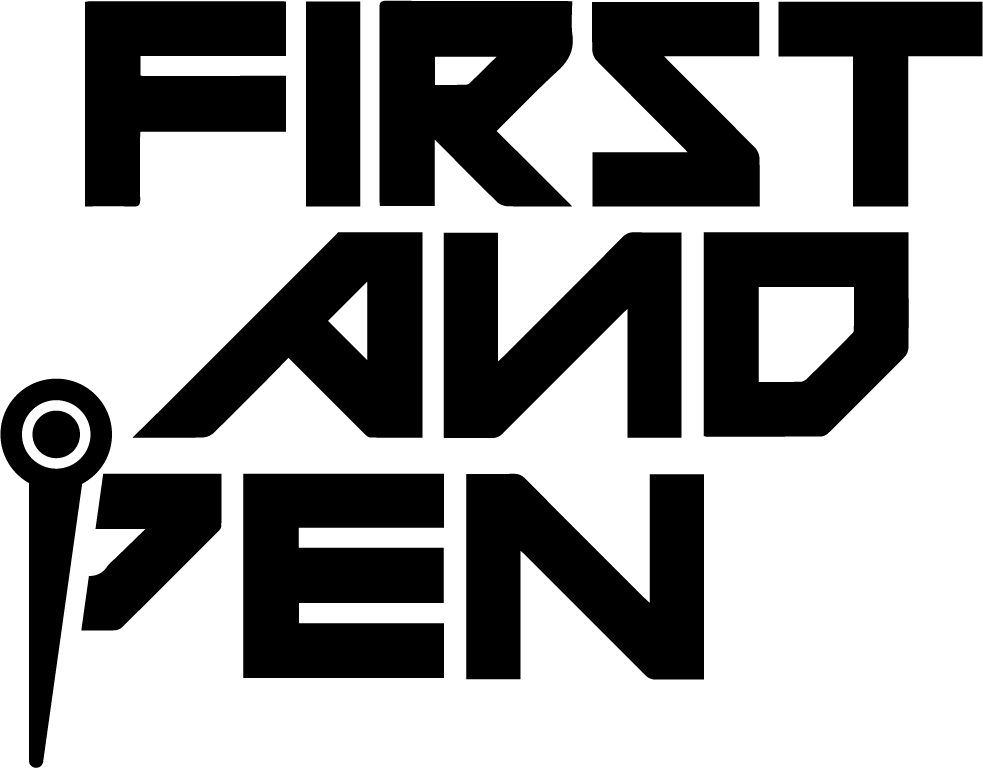HBCU athletics has been on the rise in recent years, with new programs launching across campuses such as Morgan State (wrestling, acrobatics and tumbling), Fisk (gymnastics), Tennessee State (ice hockey) and Howard University (golf).
One of the biggest challenges for these programs, and all HBCU programs in general, is funding. We wrote previously about the financial difficulties experienced by Arkansas Pine-Bluff, and, unfortunately, those aren’t unique to the school. Many coaches, athletic directors and presidents are exploring new ways to secure funding, including partnerships, fundraising or even shutting programs down, which is what happened to Talladega gymnastics.
“While the decision to discontinue the gymnastics program was undoubtedly difficult, we remain incredibly proud of our gymnasts, coaches, and their remarkable achievements. Their dedication and resilience have set a high standard, and their legacy will continue to inspire,” said Talladega College Interim President Dr. Walter M. Kimbrough.
While the path is difficult, Howard men’s basketball is taking a page from professional sports and exploring the idea of working with private equity.
Head coach Kenny Blakeney has pitched the idea of injecting capital into his program by selling equity in it.
And, according to the Washington Post, while he hasn’t officially approached the school yet, Blakeney has spoken with firms and investors, seeking $100 million for a 33% stake in his program.
The money would go towards infrastructure, including redeveloping the team’s arena and making the program more attractive to potential players in the NIL age, where deep-pocketed collectives are pursuing and getting the best recruits. The investment would also enable the program to prepare for collective bargaining issues if they come up, like they did at Dartmouth where the men’s basketball team has unionized.
Blakeney understands that for Howard to be competitive in the rapidly evolving college sports landscape, facilities, exposure, amenities and resources are essential.
And those all take money.
With this type of investment in the program, Blakeney could both financially secure the team’s future and develop new options for the program, including moving to a different conference or becoming an independent program.
“I don’t want to have a two-tiered system where we’re not able to compete for the NCAA Tournament or the national championship,” Blakeney told the Washington Post. “And from what I’m hearing right now, that is a real possibility, that there’s going to be an NCAA Tournament that isn’t going to include everyone else, it’s just going to include those Power Four [conference] universities and maybe the Big East. That’s not what I signed up for.”
The biggest question is if Howard basketball is worth that much.
According to College Factual, the athletic department spends/makes roughly $15.9 million. The basketball program is profitable with $1.29 million in net profit ($1.28 million in expenses, $2.57 million in revenue).
Based on these numbers, the $100 million Blakeney is seeking appears to be ridiculous.
But if you factor in the investment in facilities, talent, sponsorship, media rights, and possible conference realignment, then add in the time it takes to negotiate and complete these tasks, $100 million might not be so crazy after all.











